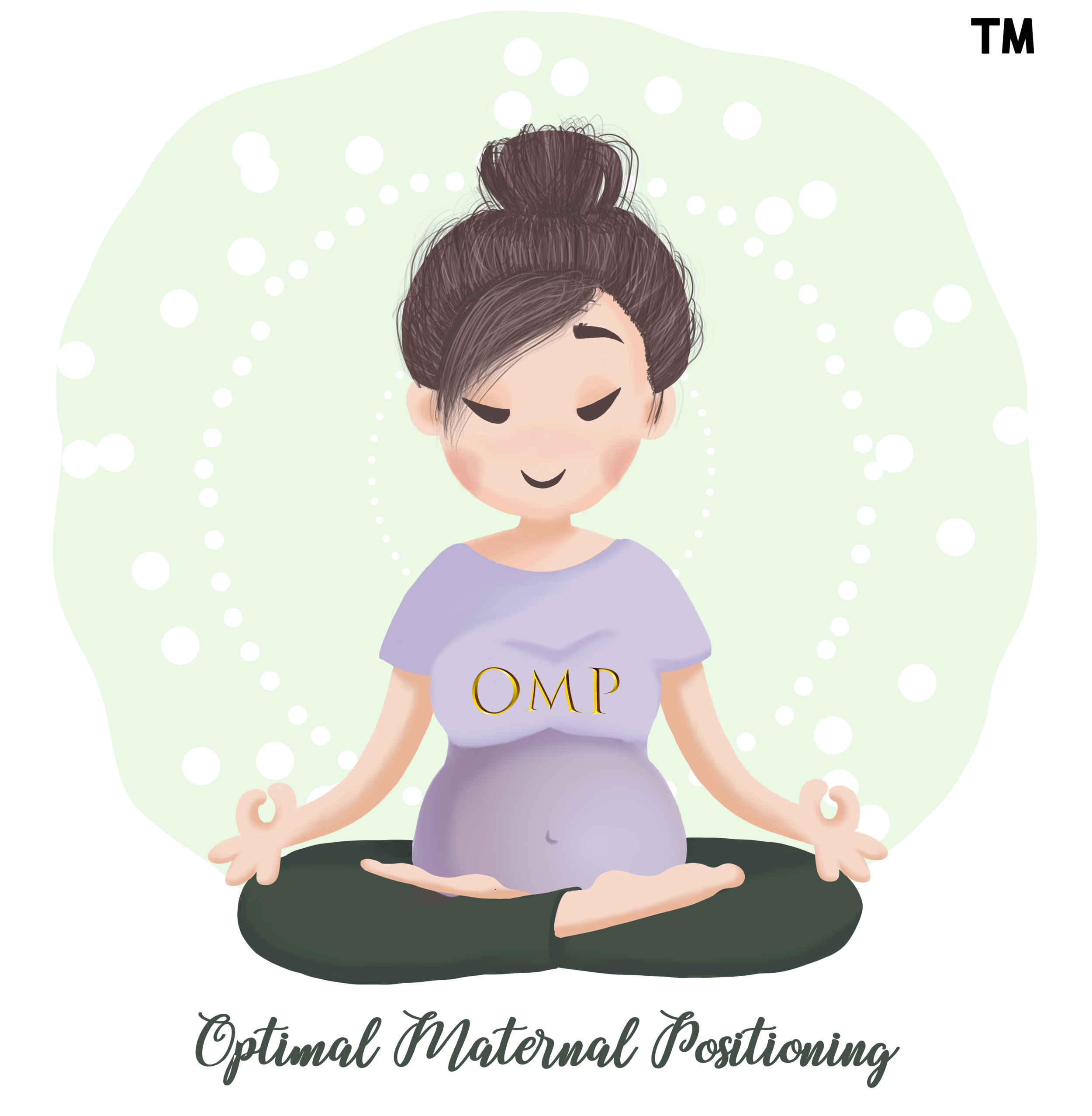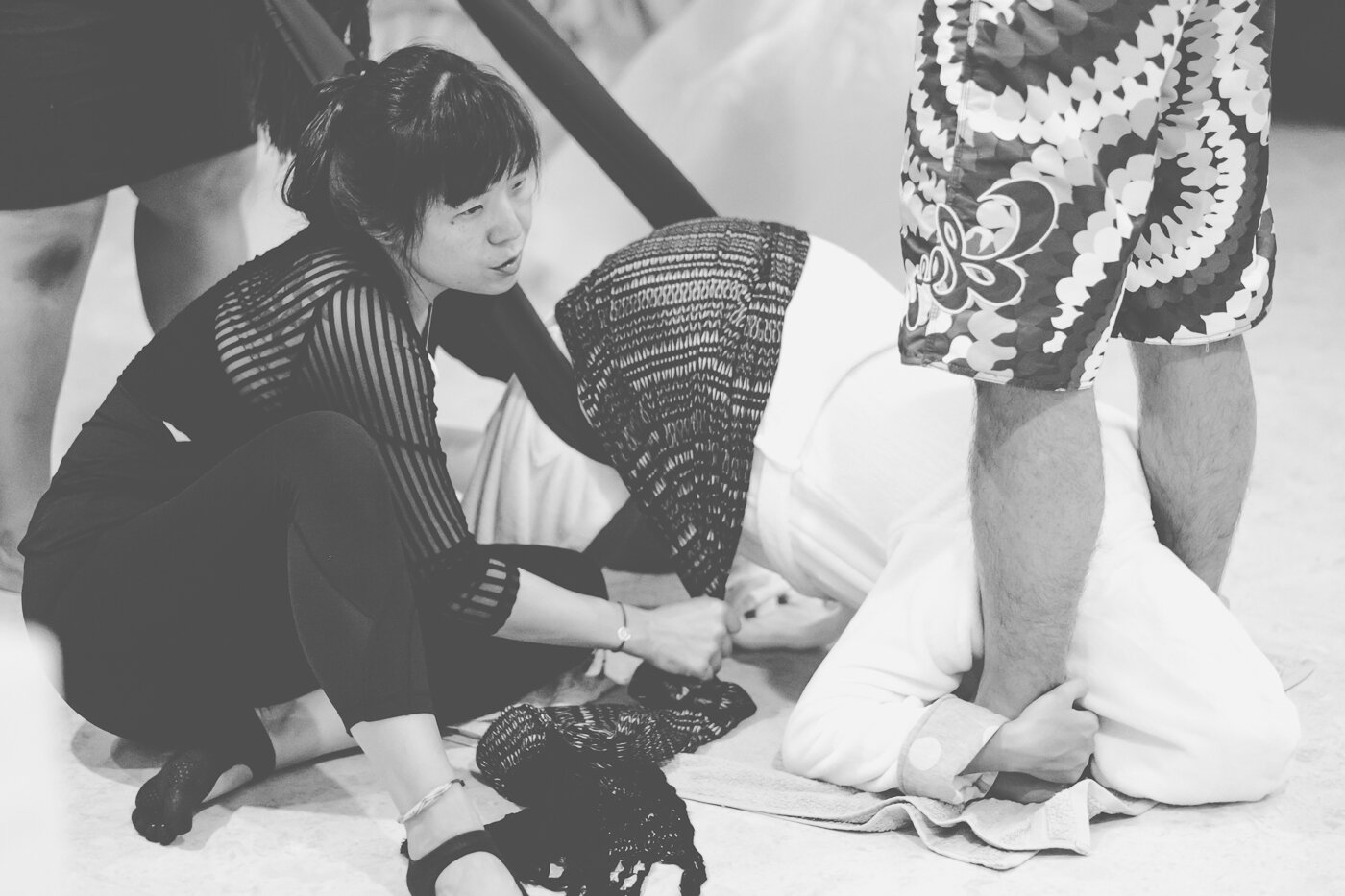OMP Reversing Protocols
OMP Reversing protocols
When you are driving and you hit a roadblock, what do you do? Most of us would stop, reverse and find another route. When a baby hits a roadblock during labor and birth, the baby only has 2 routes - a vaginal birth or a cesarean. So when a baby hits a roadblock during labor and birth, we take the following approach:
Reverse | OMP Reversing Protocols: We reverse to take the pressure off the road block;
Align | OMP Pelvic Alignment Protocols: We use OMP Pelvic Alignment Protocols to clear the roadblock by bringing the hot air balloon back into dynamic equilibrium;
Mobilize | OMP Active Birth Positions and OMP Pelvic Mobility Protocols: Now that the roadblock has been cleared, we can move forward with OMP Active Birth Positions (maternal positioning) and OMP Pelvic Mobility Protocols (maternal movements) to optimise the pelvis to open and create space for baby to pass through.
OMP Reversing Protocols consist of either:
A combination of OMP Pelvic Alignment Protocols 1.4 Forward Leaning Inversion | FLI and 1.5 Pelvic Floor Relaxer | PFR, or;
A combination of Open-Knee-Chest (OKC) and 1.5 Pelvic Floor Relaxer | PFR
How to get into Open Knee Chest | OKC
If a mother is not able to go into 1.4 Forward Leaning Inversion | FLI, an alternative is Open Knee Chest | OKC where she starts from an ‘all-fours’ position, brings her chest down as low as she possibly can, and pushes herself forward so she achieves is less than 90 degree flexion to allow inlet pelvis to open and create space for her baby to ‘reverse’. OKC is used in combination with 1.5 Pelvic Floor Relaxer | PFR.
The reason why it is important to ensure that when in FLI or OKC, the level of flexion for the mother’s femur has to be either in 90 degrees or more than 90 degrees in order to create space within the inlet pelvis for this baby to reverse.
For OMP Reversing Protocols to be effective during labor and birth, it has to be done in-between and during contractions for a total ‘down-time’ of at least 15-30minutes during labor and birth when using FLI PFR or OKC PFR to see if it is effective in getting the baby’s pressure off the cervix. .
OMP Reversing Protocols should only be used when labor is not progressing or when labor patterns are showing signs of abnormal or asymmetrical labor patterns. You know when to stop when either labor progresses - DUH! -or when abnormal labor patterns have moved to normal labor patterns.
In the same fashion, you keep using the OMP Reversing Protocols and the OMP Pelvic Alignment Protocols until labor progresses or abnormal labor patterns have moved to normal labor patterns. Once you achieve normal labor patterns or when labor is progressing, only then you utilize OMP Active Birth Positions , OMP Pelvic Mobility Protocols and OMP Comfort Measures.
Open Knee Chest in a Hospital Setting
Using 2 semi-inflated ring floats to support the mother’s belly, and lowering the bottom half of the hospital bed to keep the mother at the right ‘angle’ - less than 90 degree angle - and as comfortably as we can help her to be when in this position.



